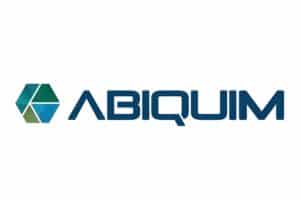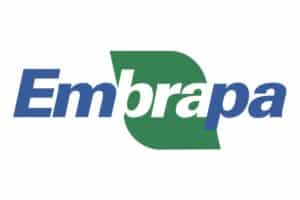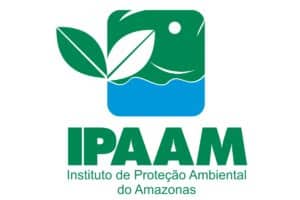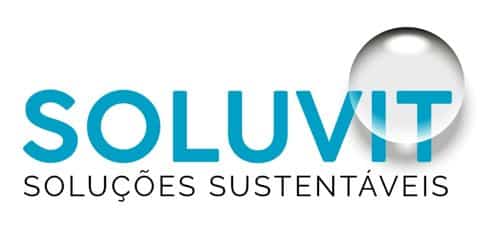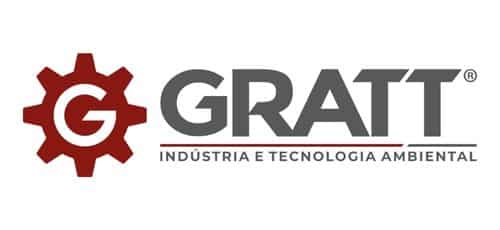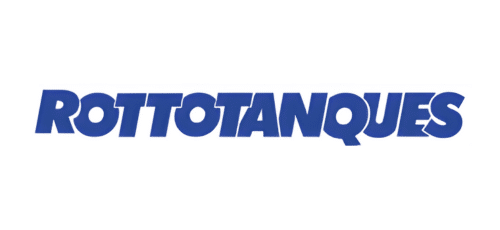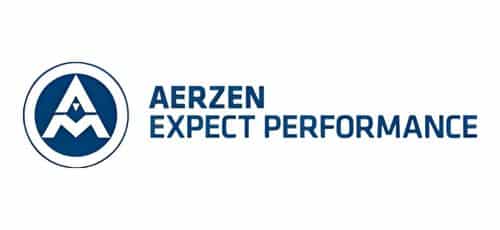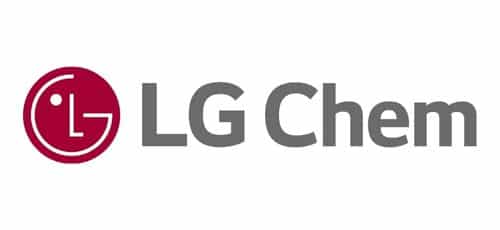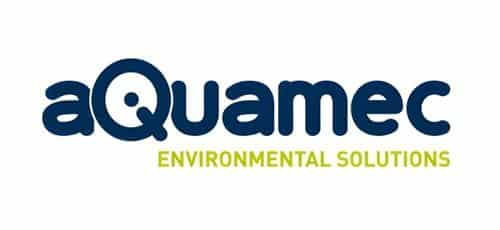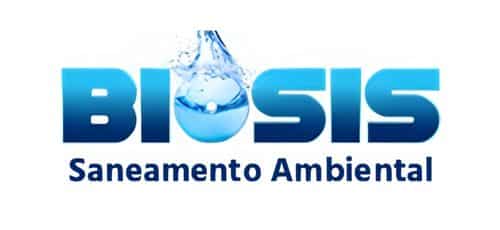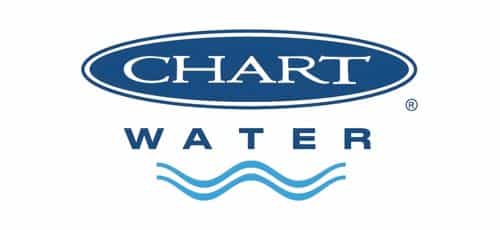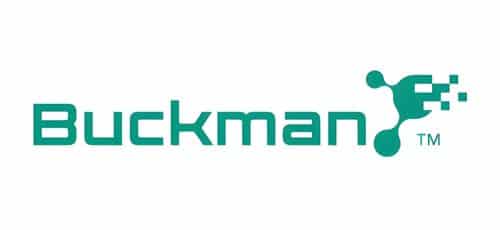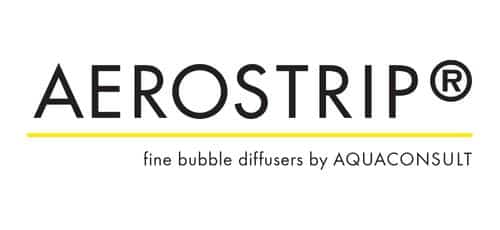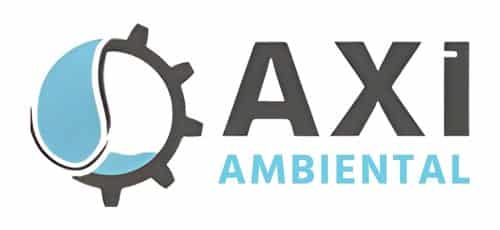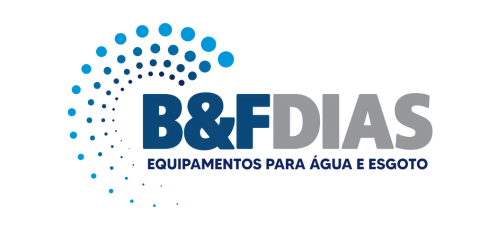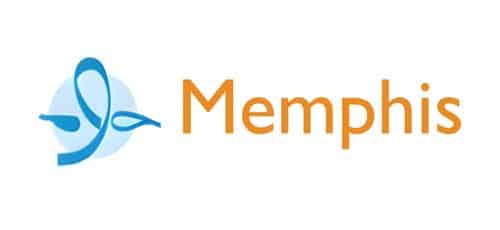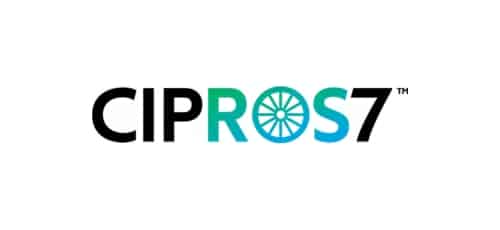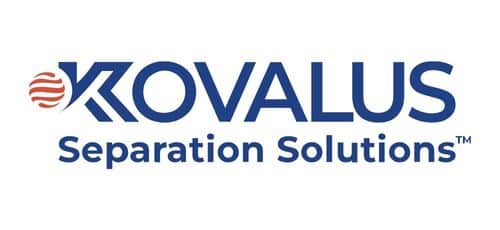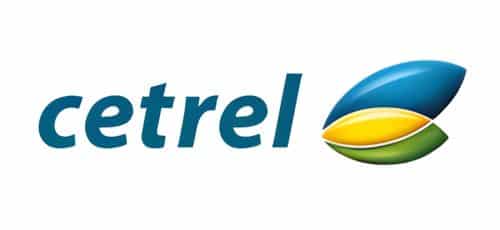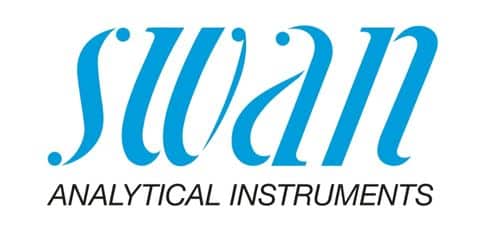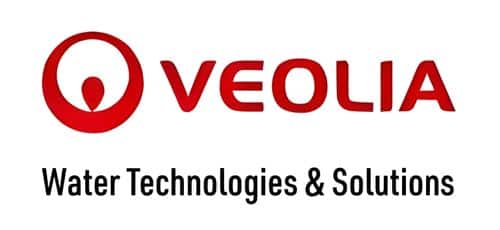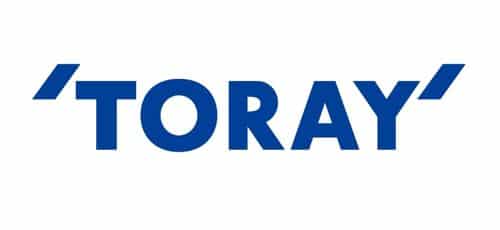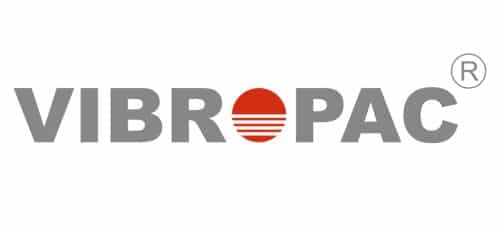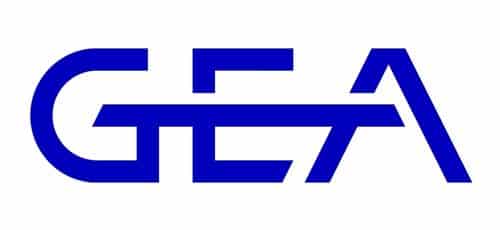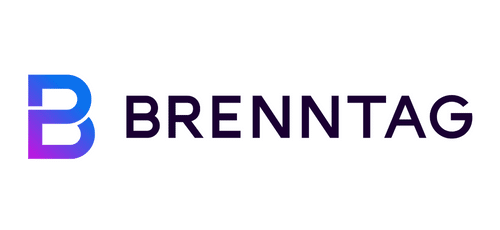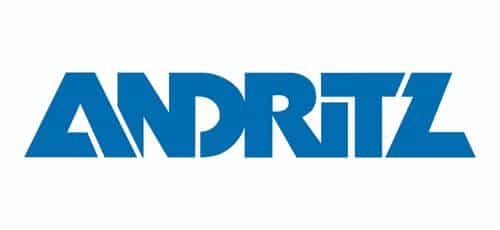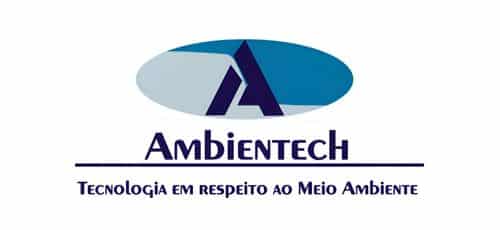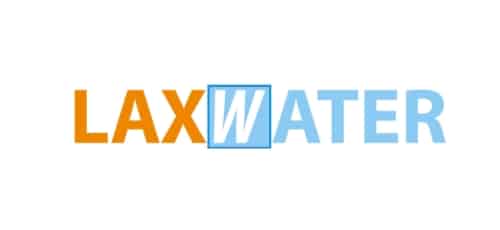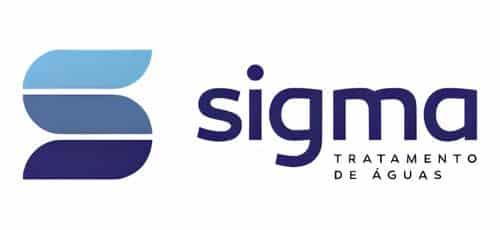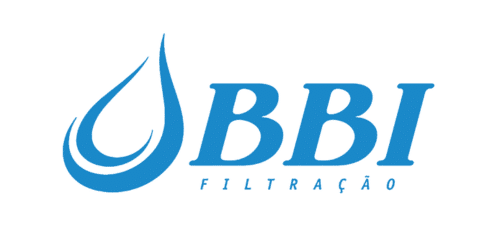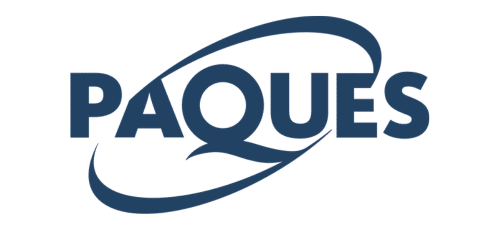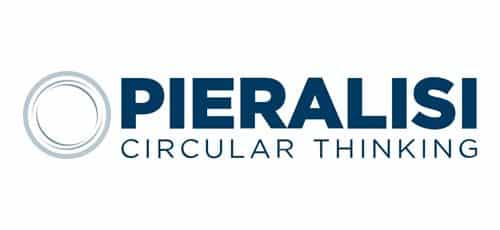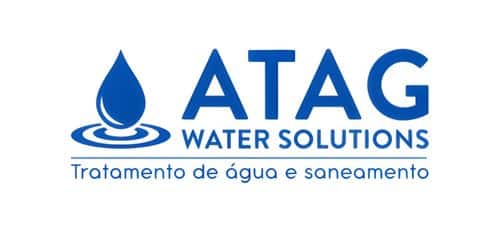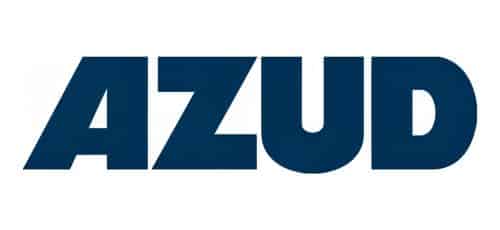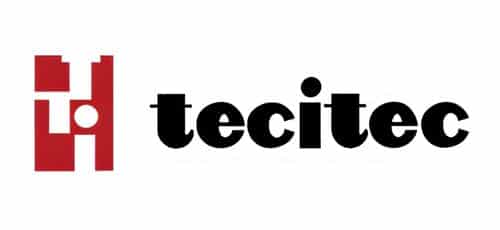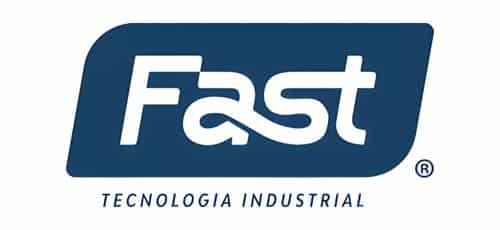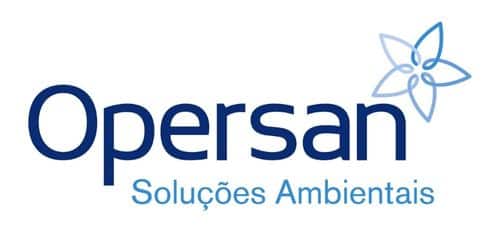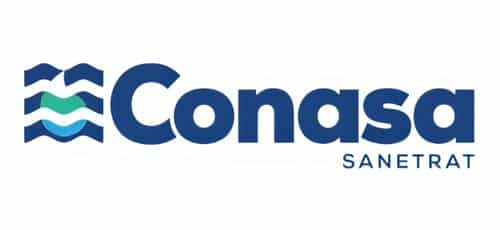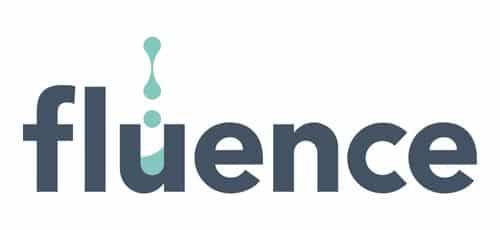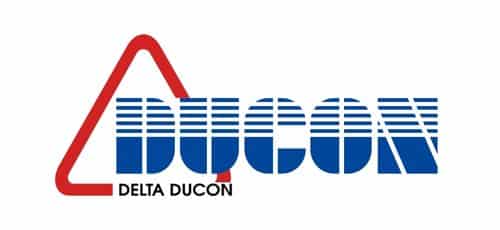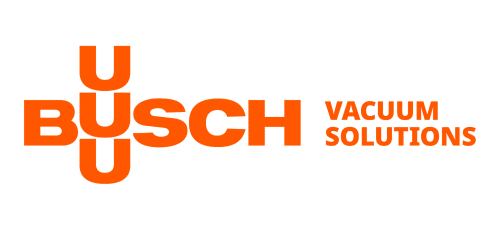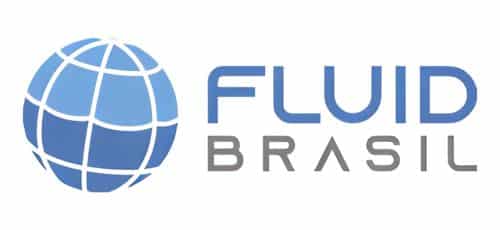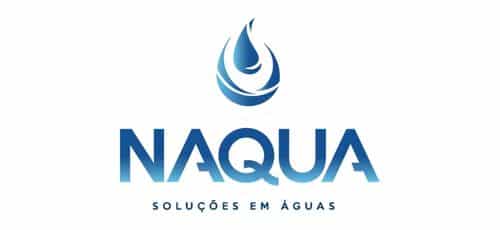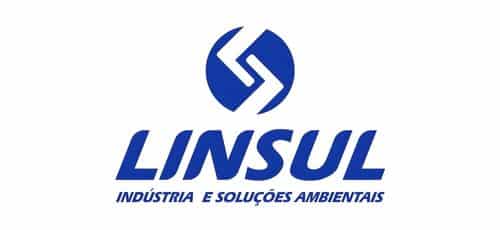Comunidades do interior da Califórnia têm sido duramente atingidas pela seca, níveis baixos de águas subterrâneas e redução de alocações do State Water Project (projeto de abastecimento de água e outros serviços do estado da Califórnia – www.water.ca.gov/swp/ ).
A Reutilização de água com tratamento avançado pode ser uma fonte constante para aumentar o abastecimento de água nesses locais. O uso não potável para irrigação e paisagismo é útil para essas regiões, mas flutuações sazonais de irrigação tornam-se um desafio para este tipo de abastecimento. Um meio eficiente de aumentar a demanda durante todo o ano de água de reúso seria para o seu uso com fim potável de abastecimento.
A aplicação de ozônio em processos avançados de tratamento possuem benefícios e barreiras em seu uso. Confira a matéria publicada pelo Water Online com os dois aspectos:
Ozone-Biologically Active Filtration For Potable Reuse In California’s Inland Communities: Benefits And Barriers
By Melanie Holmer, PE, and Kati Bell, PhD, PE, BCEE – MWH Global
California’s inland communities have been hit hard by four years of drought, lower groundwater levels, and reduced allocations from the State Water Project. Reuse of advanced treated wastewater may provide a constant source to augment water supplies in these locations. Non-potable reuse for irrigation and landscaping may be useful to these communities, but seasonal fluctuations in irrigation demands present challenges of their own. One of the most efficient means of increasing reuse of this water would be through potable reuse, leveraging existing distribution systems and allowing year-round beneficial use.
Currently, the state of California allows indirect potable reuse (IPR) by groundwater replenishment; however, in direct injection scenarios, water must be treated with a treatment train that includes reverse osmosis. Typically, this is accomplished using Full Advanced Treatment (FAT), which incorporates microfiltration (MF), reverse osmosis (RO), and ultraviolet (UV) advanced oxidation processes (UV-AOP). Together, these unit processes provide a multi-barrier treatment scenario that provides adequate treatment of secondary effluent such that the finished water can be injected into groundwater supplies for drinking water.
The RO process produces a concentrate waste stream that cannot easily be disposed because of its salinity, toxicity, and high concentrations of trace chemical contaminants, which include compounds such as pharmaceuticals and personal care products (PPCP) and endocrine disrupting compounds. For coastal treatment facilities, this toxic waste stream can be diluted by disposal with other effluent that is discharged through ocean outfalls. For inland communities, the complexity and cost of dealing with brine disposal often renders RO — and therefore potable reuse — out of reach.
Ozone-biologically active filtration (ozone-BAF) offers an appealing alternative to FAT because there is no concentrate stream associated with this process. While there are benefits to ozone-BAF, there are also challenges including barriers to employing ozone-BAF for potable reuse in California’s inland communities.
Filter plant: 1660-pounds-per-day (ppd) ozone capacity
Benefits
Ozone breaks down trace organic compounds, including PPCPs and other constituents of concern, into smaller molecular weight components that are more bioavailable in a BAF. Thus, ozone-BAF allows for not just the rejection, but the transformation and destruction of trace organic compounds. Eliminating the RO brine concentrate stream simplifies discharge costs and permit requirements, which can be prohibitive for inland communities.
Capital and operating costs for an ozone-BAF treatment train are significantly lower than those for RO-based treatment trains. Both capital costs and operating costs (on a per-gallon basis) for an RO-based FAT process can be more than twice as high as those for an ozone-BAF system, depending upon site-specific factors.
RO permeate also typically requires chemical stabilization, while additional chemical stabilization is generally not needed for water produced using ozone-BAF treatment processes. Product water recovery is also higher for ozone-BAF, with minimal losses in backwashing (that can often be returned to the headworks of the advanced treatment facility), compared to 75 to 85 percent recovery for RO.
Barriers, Literally
For planned IPR with groundwater recharge, California requires 12-log removal of viruses, 10-log removal of Giardia, and 10-log removal of Cryptosporidium with at least three separate unit processes. While the log reduction credits for ozone are 5-log virus and 3-log Giardia, no reduction credits are given for Cryptosporidium for ozone, and no log reduction credits are applied for BAF at all. Another barrier — such as ultrafiltration — along with an advanced oxidation process (AOP) is needed to provide additional log reduction credits based on current California IPR requirements.
The ozone-BAF treatment process also does not remove salts as measured by total dissolved solids (TDS). For wastewater treatment plants that produce secondary or tertiary effluent with high levels of TDS, a full or sidestream treatment using RO may be required for reduction in TDS. Additionally, while a BAF may help reduce levels of NDMA, higher doses of ozone may increase levels of NDMA.
Depending upon the level of treatment that has been provided at the upstream wastewater treatment facility, ozone-BAF may not provide removal of total organic carbon (TOC) that is necessary for direct injection, particularly if the recycled water contribution is high (i.e., the dilution factor is low). A polishing step with a subsequent GAC filter may be needed for further TOC removal; however, recent research has shown that even with GAC polishing for TOC, the costs of ozone-BAF are still substantially lower than for FAT (Schimmoller, et al., 2014).
Beyond
The key to potable reuse in California’s inland communities rests at the nexus of water quality, cost, reliability of water supply and regulations. More work is needed to make potable reuse feasible at these inland locations. Recent studies have focused on identifying the costs of advanced water treatment. Increased automation, monitoring and controls schemes, along with additional performance data for ozone-BAF trains in current and future research efforts may be used to inform and advise regulatory guidance. But ultimately, a meaningful regulatory framework based on managing both human health and environmental risks based on water quality is needed to support implementation of potable reuse for inland utilities. This is not an insurmountable task, exemplified by utilities such as the Gwinnett County Department of Water Resources which is already utilizing this advanced water treatment process to supplement drinking water supplies for over 1 million customers in the north-Atlanta metropolitan region (Bell, et al., 2016).
Dye testing of biofilter columns on direct potable reuse (DPR) pilot in Gwinnett County, GA
REFERENCES
Bell, K., Antolovich, A., Funk, D., Hooper, J., Minton, J., and Schimmoller, L. (2016). , Ozone-biologically active filtration – an alternative treatment for potable reuse. World Water: Water Reuse & Desalination, Spring 2016: 27-30.
Schimmoller, L., Kealy, M.J. (2014). Fit for Purpose Water: The Cost of Overtreating Reclaimed Water, WateReuse Research Foundation, Alexandria, Virginia
Image credit: “California Drought – Laguna Lake Sept 9, 2014,” Joyce cory © 2014, used under an Attribution 2.0 Generic license: https://creativecommons.org/licenses/by/2.0/
Fonte: Water Online























